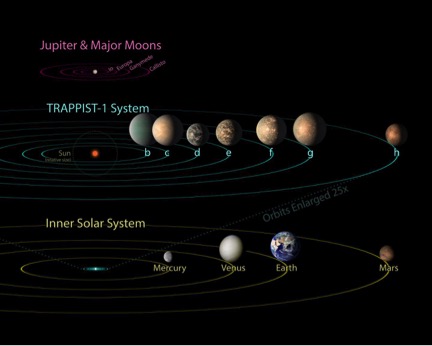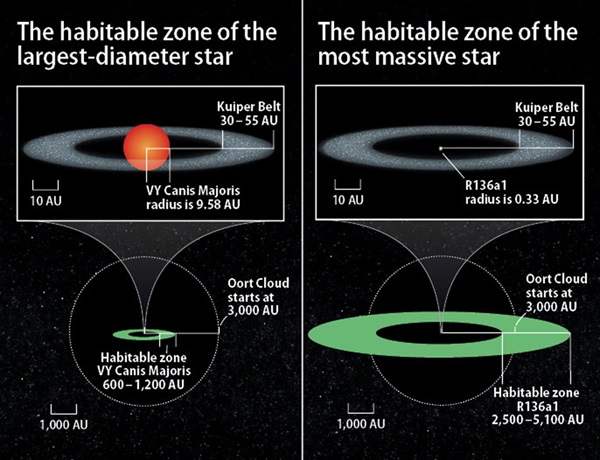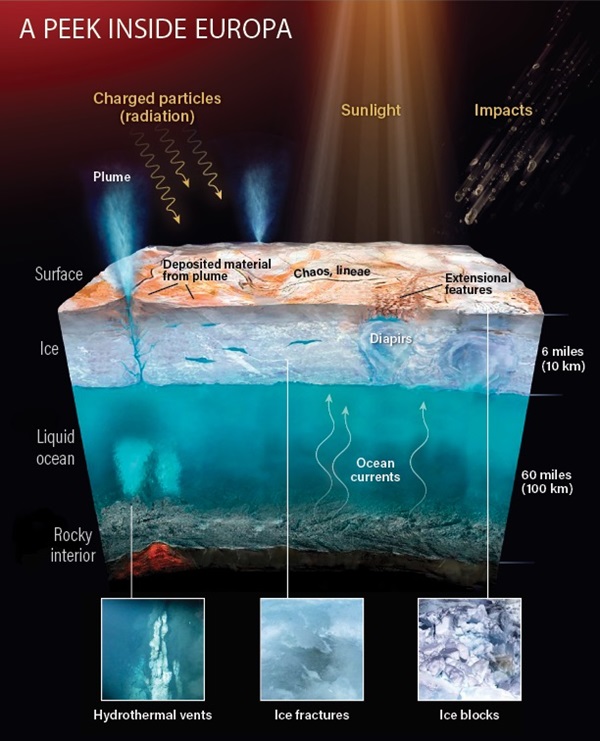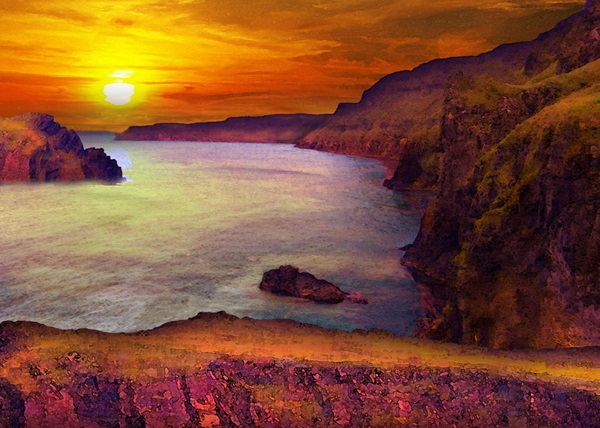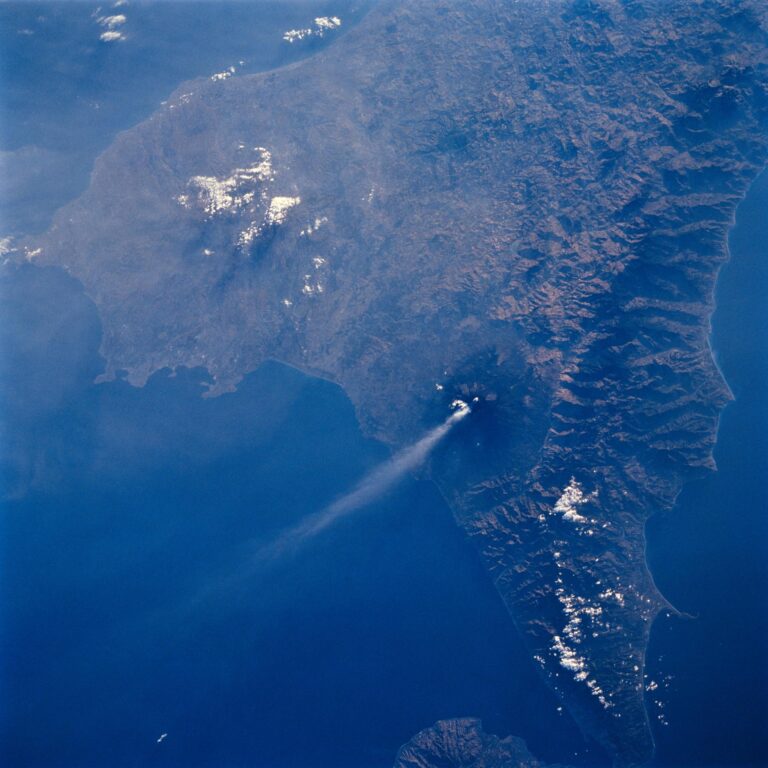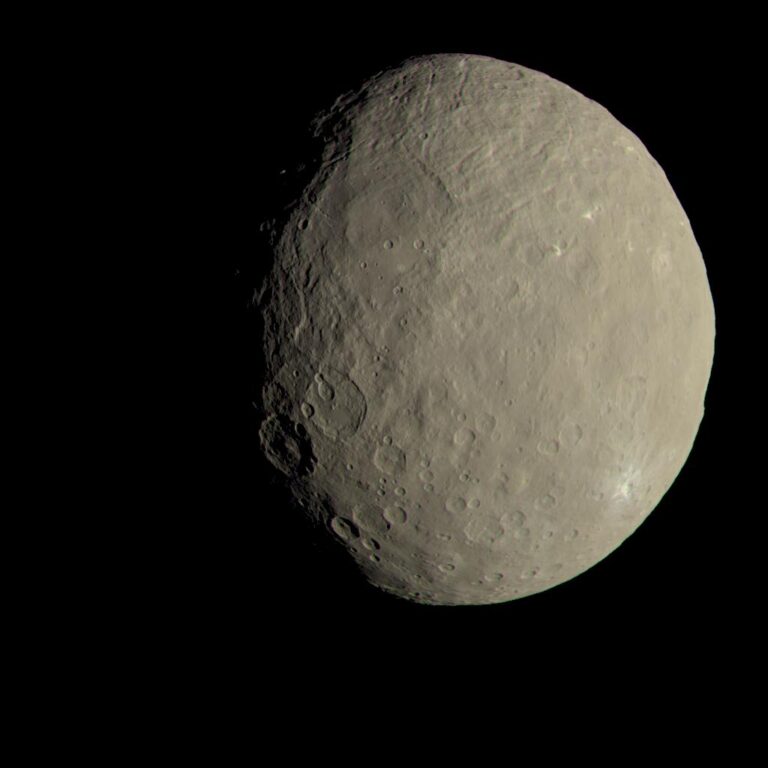Key Takeaways:
But despite rapid advances in exoplanet research, the field remains in its infancy. Astronomers have gained a rudimentary understanding of the galaxy’s planetary population, but we have only the faintest glimmers of what most of these worlds are actually like. And we have pitifully limited knowledge of what conditions are necessary to foster the origin and evolution of life.
Hampered by only one known example of an inhabited world, we don’t know which of Earth’s characteristics are universal requirements for life or whether widely different planetary environments can sustain biology and nurture it to high levels of complexity.

Want to learn more about how we’ll find life in the universe? Check out the September 2020 issue of Astronomy magazine.
One planet, many environments
Earth itself shows that microbes can adapt to a staggering variety of environments, from acidic hot springs to dry Antarctic valleys. Our planet’s surface conditions and atmosphere have experienced major transformations since life originated at least 3.5 billion years ago, yet life has always managed to survive.
Earth’s ever-changing past reminds astronomers that we see exoplanets at different stages of evolution. For example, 2.5 billion years ago Earth only had single-cell microbes confined to the oceans, and oxygen was only a trace atmospheric gas. During several Snowball Earth phases, ice covered the surface all the way to the equator. Since the advent of complex plants and animals, five mass extinctions have nearly snuffed out life. But Earth has also gone through hothouse phases, when polar regions enjoyed near-tropical conditions and the planet’s total biomass may have exceeded the level seen today.
Just add starlight
When contemplating what types of planets might harbor life, scientists first consider their host stars. High-mass stars live fast and die young, blazing with tremendous energy but burning out in just a few million to a few hundred million years. That’s probably not long enough for life to really get going on any orbiting planets.
Stars with just a few solar masses or lower produce less radiant energy and thus have smaller habitable zones, defined as the region around a star where a planet can sustain temperatures conducive to hosting liquid water on its surface. But these stars’ longer lifespans give their planets billions of years for any primitive life to evolve into complex forms. The Sun, for example, has given terrestrial life plenty of time, and life has needed that time to express its full potential. Multicellular life didn’t emerge until Earth had been around for roughly 3.5 billion years. And advanced plants and animals didn’t arise until Earth was 4 billion years old, after oxygen had built up in the atmosphere. This highly reactive element provided the required energy for more dynamic metabolism.
A major question mark centers around the lowest-mass stars, red dwarfs. They comprise three-fourths of our galaxy’s stars and live for trillions of years. But their feeble energy outputs ensure small habitable zones nestled very close in to the star. This proximity subjects planets to bombardment from powerful flares, which can erode their atmospheres. But red dwarfs calm down over time, potentially giving planets time to regenerate a gaseous envelope. Most of these stars’ habitable-zone planets are tidally locked, with one side always facing the star and the other in permanent night. But thick greenhouse-gas atmospheres and raging winds could smooth out the hemispheric temperature differences that result from tidal locking.
Even the concept of the habitable zone is overly simplistic. As traditionally conceived, the Sun’s habitable zone currently encompasses Earth and extends to roughly the distance of Mars. And in fact, NASA missions have returned overwhelming evidence that Mars once had rivers, lakes, and oceans of liquid water.
Whether a planet has liquid water on its surface is a function of both surface temperature and atmospheric pressure. For example, water boils on Mars today despite the cold temperatures because of its very low atmospheric pressure. Mars originally had a thicker atmosphere, which allowed it to have liquid water on its surface. But the Red Planet lost most of its atmosphere long ago, partially because it is a low-mass planet. If Mars had higher mass, it could have hung on to its atmosphere for a much longer period of time, perhaps all the way to the present.
Size matters
So, imagine if Mars had five times its actual mass and a thick greenhouse atmosphere that efficiently trapped solar energy. Under those circumstances, our imaginary Mars could probably support liquid water on its surface today.
That raises intriguing questions about whether planets of certain sizes and masses are best suited for life. René Heller of the Max Planck Institute for Solar System Research has argued that Earth is not necessarily the most habitable type of planet. After all, large tracts of Earth’s surface are nearly devoid of life, such as deserts, the poles, and nutrient-poor oceanic regions.
“Everybody is crazy about ‘the most Earth-like planet,’” says Heller. “But from a more general, more reflective perspective on the question of life in the universe, I don’t see any reason why Earth should be the optimal place for life to form and evolve. There might even exist planets that have more benign environments for life to develop and to diversify.”
Widespread fertile environments on superhabitable super-Earths could speed up the evolution of complex life, perhaps making these planets the most promising abodes for technological civilizations. Heller also thinks K stars — orange dwarfs slightly less massive and cooler than our G-type Sun — offer the best prospects for harboring life-bearing planets because of their long lifespans and stable energy outputs.
But not all geologists agree that super-Earths could have plate tectonics, and it’s not even clear whether plate tectonics is necessary for complex life. And as Lisa Kaltenegger of Cornell University points out, “Anything we say about other planets being better or worse for habitability is tricky because we do not yet know how life started on Earth. Assume we have the perfect planet for modern life but the conditions to get life started were never fulfilled. It would be perfect but lifeless.”
If Heller is correct about super-Earths and K stars, astrobiologists would greet this news like kids in a candy store. Both super-Earths and K stars exist in enormous numbers in our galaxy. And, as Heller notes, superhabitable worlds should be much easier to detect and study with current instrumentation than Earth-like planets. For example, astronomers might be able to detect spectral signatures from abundant vegetation.
Many factors
Scientists have promoted other factors that could enhance a planet’s likelihood to support life as well. Near-circular orbits could play a crucial role in stabilizing surface temperatures. Having a large satellite, such as Earth’s Moon, might be an essential gravitational anchor for preventing a planet’s axial tilt from wobbling chaotically over millions of years and causing extreme climate changes. The collision that formed our Moon blasted much of Earth’s original crust into space, where it accreted into the Moon rather than forming a thick “stagnant lid” that might have snuffed out plate tectonics. And complex life probably requires a planetary system whose configuration doesn’t produce frequent giant impacts.
If life requires liquid water, a planet’s inventory of this precious solvent could be a decisive factor in the kind of biology it can support. A planet endowed with too much water might have its entire surface covered in oceans tens or hundreds of miles deep. Life could possibly flourish on a water world, but it’s difficult to imagine how a technological civilization could arise. If a planet is too dry, it might only be able to sustain isolated pockets of life that can similarly never evolve into high complexity. In other words, it’s possible that Earth is a rare Goldilocks paradise where comets and asteroids delivered just the right amount of water, while leaving just the right amount of land.
According to University of Chicago geophysicist Stephanie Olson, ocean circulation is also of paramount importance. On Earth, upwelling water currents play a crucial role in transporting nutrients from great ocean depths to the surface. There, photosynthesizing life-forms use the Sun’s radiant energy to convert the nutrients into gas. “If you look at life in our oceans, it is overwhelmingly concentrated in regions where there is upwelling,” says Olson.
Her research indicates that slow rotation, high atmospheric pressure, high axial tilt, and salty oceans enhance upwelling, which in turn increases the abundance of photosynthetic life. Such life would pump large quantities of oxygen, methane, and perhaps other gases into the atmosphere, producing biosignatures that would be easier for astronomers to detect from many light-years away.
“It’s not sufficient to have an ocean teeming with life,” for us to detect that life, says Olson. “That life must also be well-positioned to have an impact on atmospheric composition and other observable features of its host planet.”
And Heller brings up another wild card: moons. “Most of the liquid water in the solar system exists on moons, not on planets,” he says. “We haven’t even started finding extrasolar moons, but most of the habitable real estate in the galaxy or even the universe could be located on moons, not on planets.”
Life as we don’t know it
Much of this discussion has assumed that life everywhere shares certain characteristics with terrestrial life. But if alternative forms of life are possible, such as life not dependent on carbon, liquid water, or cells, all bets are off. Environments currently considered inhospitable to “life as we know it” could be flourishing with creatures that would appear utterly bizarre to us, just as we might appear wacky to them.
Ultimately, we don’t know who or what is out there, or what types of worlds offer the best prospects for the origin and evolution of life. Nobody can predict how long it will take to find extraterrestrial life because we don’t know how difficult it will be. Theorizing about alien environments, planets, and possible forms of life is still helpful because it gives astronomers clues about what to look for. But at its heart, astrobiology is an experimental science, and we will only resolve the great questions about life in the universe by observing and exploring.

